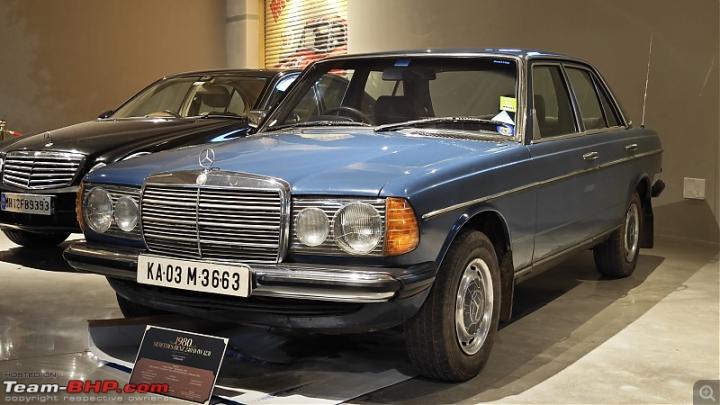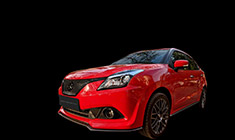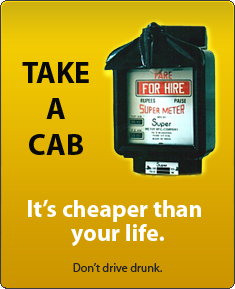News
Visited the iconic Payana Vintage Car Museum: Here's my experience
Most of the cars are I guess bought from the descendants of original owners, second and third owners or picked up from scrap car garages.
BHPian Amyth_Prabhakar recently shared this with other enthusiasts.
Payana – From Cart to Car – The Vintage Car Museum.
This place has gained a lot of popularity ever since it opened for public last week and has become the most admired landmark along the Bangalore-Mysore Expressway, inundated by throngs of visitors including social media content creators who are in fact popularizing it to a greater extent by flaunting their videos and reels on YouTube. This place can be added to the ever-growing list of “Places to visit in and around Bengaluru for a Weekend Getaway”. This place has now become an ideal destination for a day trip and the new 6 lane highway makes it hassle free to visit and come back. I visited this place last week and here’s my share of experience.
Here are some videos. Watch them in 4K.
About the Vintage Car Museum:
This museum has decent collection of vintage cars, collected by Dr. Veerendra Heggade and is an extension of the Manjusha Museum located in Dharmasthala near Managalore.
Location:
Payana, is located on the Bangalore-Mysore Express way, and appears approximately about 7-8 kms before Mysore city and can be entered through the service road. Road connectivity is excellent, and the new highway makes it possible to maintain 3-digit speed and it takes about two hours or less to reach from the starting point of Bangalore-Mysore Expressway. Big advertising hoardings, promoting the museum can be seen a few kilometres before the destination along the highway and there is no way one can miss this. Depending on where you stay in Bangalore, it can either be a day trip or a half day trip, as the time to reach the expressway from different parts of Bangalore will have to be factored in.
Work in Progress:
Note that the work at the museum is still in progress (at the time of penning down this blog) and might take a month or two for this museum to become fully operational along with the restaurants. A small theatre construction was underway inside the museum and soon they might screen some vintage audio-visual shows. Open air amphitheatre was ready but there was no sign of any kind of entertainment . Seeing the demand, things might move even faster than expected and there is a high chance of the museum getting upgraded with more historic and iconic cars for display in future from around the world.
The Look and Feel:
The eye catchy construction, designed with ramps and a tyre shaped façade is what attracts and welcomes everyone passing by on the highway and makes one to stop over and have a glance or even click photos against the picturesque architectural backdrop.
Timings and Entry Fee:
The museum timings are from 9 AM to 8 PM on all days with a nominal entry fee of 50 rupees for adults and free for children below 7 years. There is a big parking lot at the entrance and can easily accommodate quite a good number of cars of the floating population. The entire place is very clean and well maintained.
Eateries In and Around:
The restaurant inside is not functional yet, however, there is nothing to worry as there are good and decent hotels located on the service road in close proximity to the museum and there is also one diagonally opposite to the museum, again on the service road. Visitors for now will have to travel a kilometre or two and take a U turn to get to the hotels located on either side of the highway. Since it is very close to Mysore, visitors can also find a lot of hotels on the Banni Mantap Road in Mysore and can have lunch/dinner at a restaurant of their preference.
Photo and Videography:
There is no separate fee collected for photography. However, professional videography with tripods and flash photography with pro cameras for commercial use is prohibited and requires prior permission. Shooting with drones also need prior permission. However, filming through cell phones, action cams like GoPro, Insta 360 and Vlogging cameras for personal use are allowed. Still photos with DSLR and Mirrorless cams are also allowed.
Our Experience:
We started at around 12 PM from Basavanagudi in Bangalore after a heavy brunch, hit the expressway through the NICE road and reached there by 2.15 PM, obviously at the wrong time of the day and it felt very hot. Initially I thought of carrying my gimbal, DSLR and Mirrorless cameras to shoot videos but later decided not to as moving around with heavy equipment in a hot weather is not easy, less flexible, drains energy faster and is prone to dehydration. Finally, we managed to shoot everything with our handy and compact cameras namely Samsung Ultra S24 and Xiaomi 13 Pro.
Although it was noon, we decided to pay a visit first and then have some refreshments later as our stomachs were almost full with no complaints. We clicked a few pictures at the entrance and headed to the reception counter, bought the tickets, and began our journey back in time at the museum. It starts off with a Herald car that was used by Dr.Veerendra Heggade during his prime time along with a poster of his alongside the car, followed by the evolution of wheels and a display of Internal combustion engine and its associated parts. Then starts the display of carts followed by cars. Most of the cars looked like big trucks to me. It normally takes about 30-45 minutes to cover the entire museum but if you are a photo freak like me, quite a good amount of time can be spent by taking pictures of cars in all possible angles.
This place is not air conditioned and the only source of cool air circulation are from the huge fans attached to the ceiling. Because of the spikes in temperature especially during this summer season, it felt hot and humid inside. The museum is thoughtfully designed as there are ramps to all levels of the museum, making it easier for people having physical disabilities to move around effortlessly and also makes it less strenuous to people of all age groups to visit the entire museum
Most of the cars are I guess bought from the descendants of original owners, second and third owners or picked up from scrap car garages. Some of the cars looked like they had been repaired, repainted, and restored.
Cars like, BMW, Benz, Chevrolet, Buick, Opel, Datsun, Mazda, MG, Ford, Citroen, Daimler, Willys Jeeps, trucks, Fiat, Hillman, Studebaker were found. I did not come across any Audi’s or Jaguar's and a few other popular and expected brands. Along with them were our Indian cars like Standard 2000, Contessa, Ambassador, Maruti Zen, Fiat Palio, Reva, Matiz, Dolphin etc. and I was surprised to see the Hyundai Verna (previous to fluidic generation) and the sturdy old Hyundai Sonata as we grew up seeing them. There were also some placeholders for cars that were yet to come in to the museum. There were some two wheelers (scooters and bikes) as well. Out of all, Hero-Honda-CD-100 is what stood out for me as my father had the same model and most of my childhood and in fact pre university college days were spent on that bike. With heavy heart he sold that bike in 2018.
Bonus Section:
There is a huge collection of ancient artifacts as well at the basement.
Conclusion:
Shot this just before I left in the evening at around 5.30 PM with more even lighting.
It was around 4 PM by the time we came out. I took a few aerial shots with my drone and finally went to a nearby hotel (Hari Govind, which is on the Bandipur road), had some food and finally headed back to Bangalore.
It was fun, informative, and educative in some cases. Overall, it was totally worth visiting it.
No more bugging. I will let the pictures to do the talking!!
The entrance:

A couple of photos taken at the entrance with different zoom lengths!






Entrance Ticket:


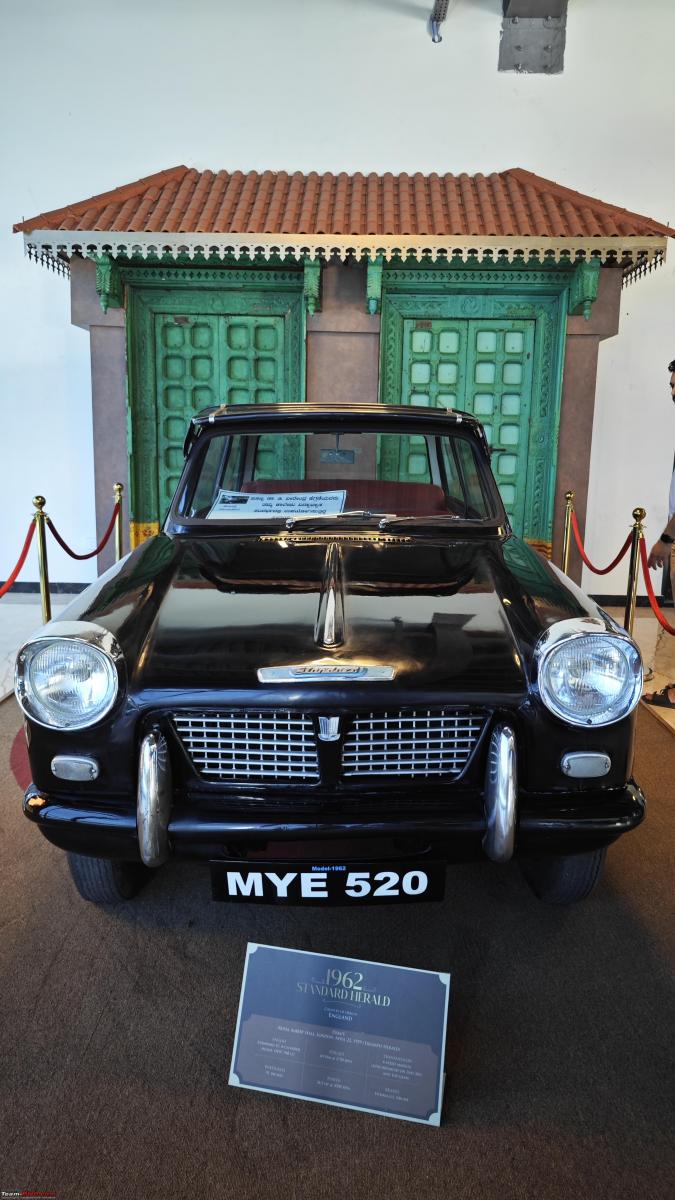



An old double Decker bus can be seen in the parking lot!
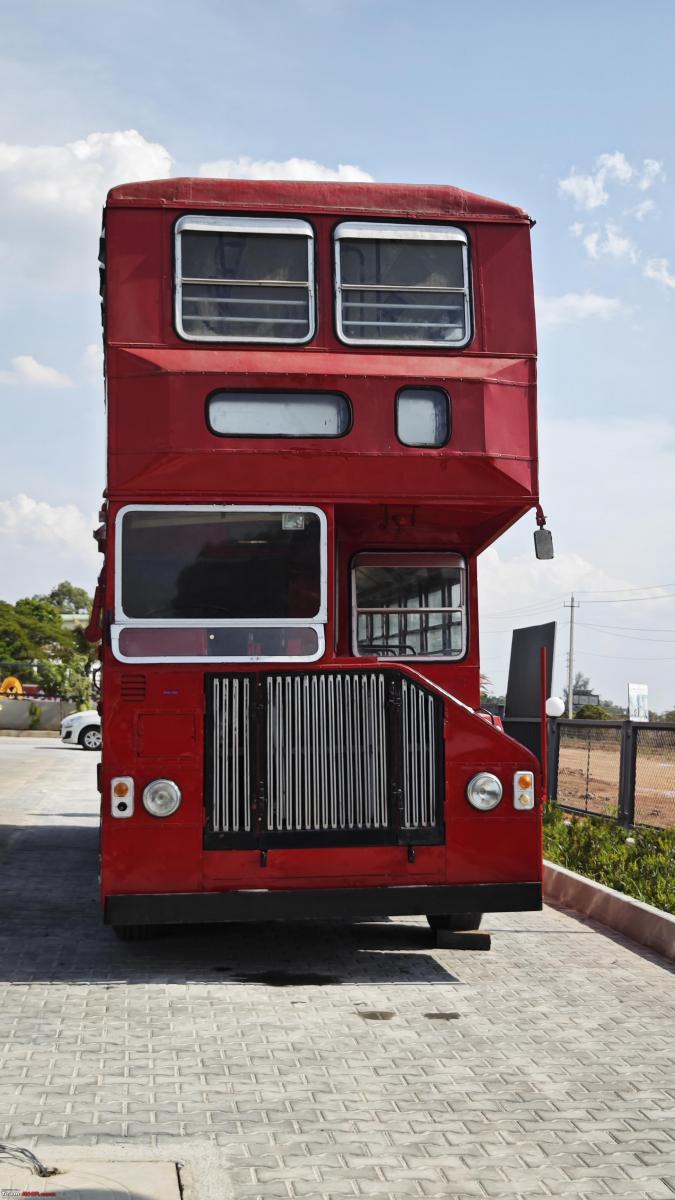

The Journey Begins:
An army truck parked at the entrance:



Continue reading BHPian Amyth_Prabhakaran's review for more insights and information.



